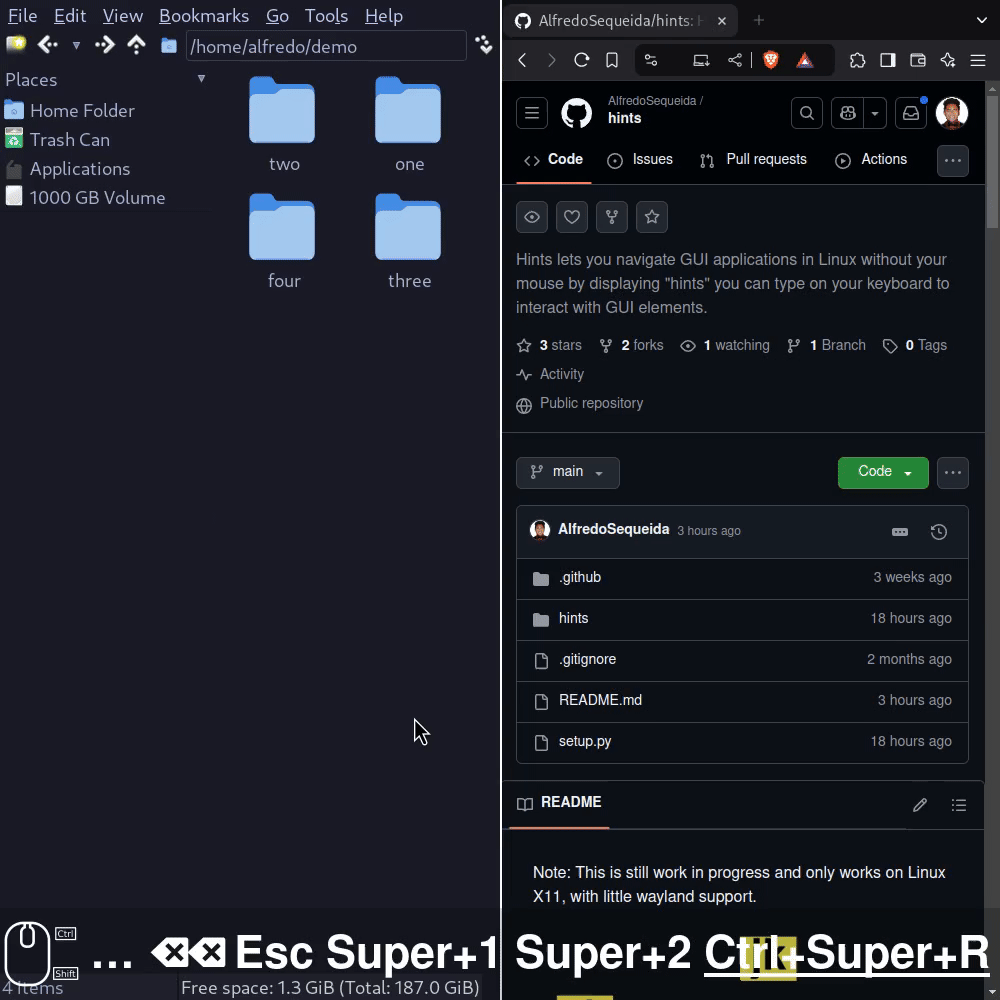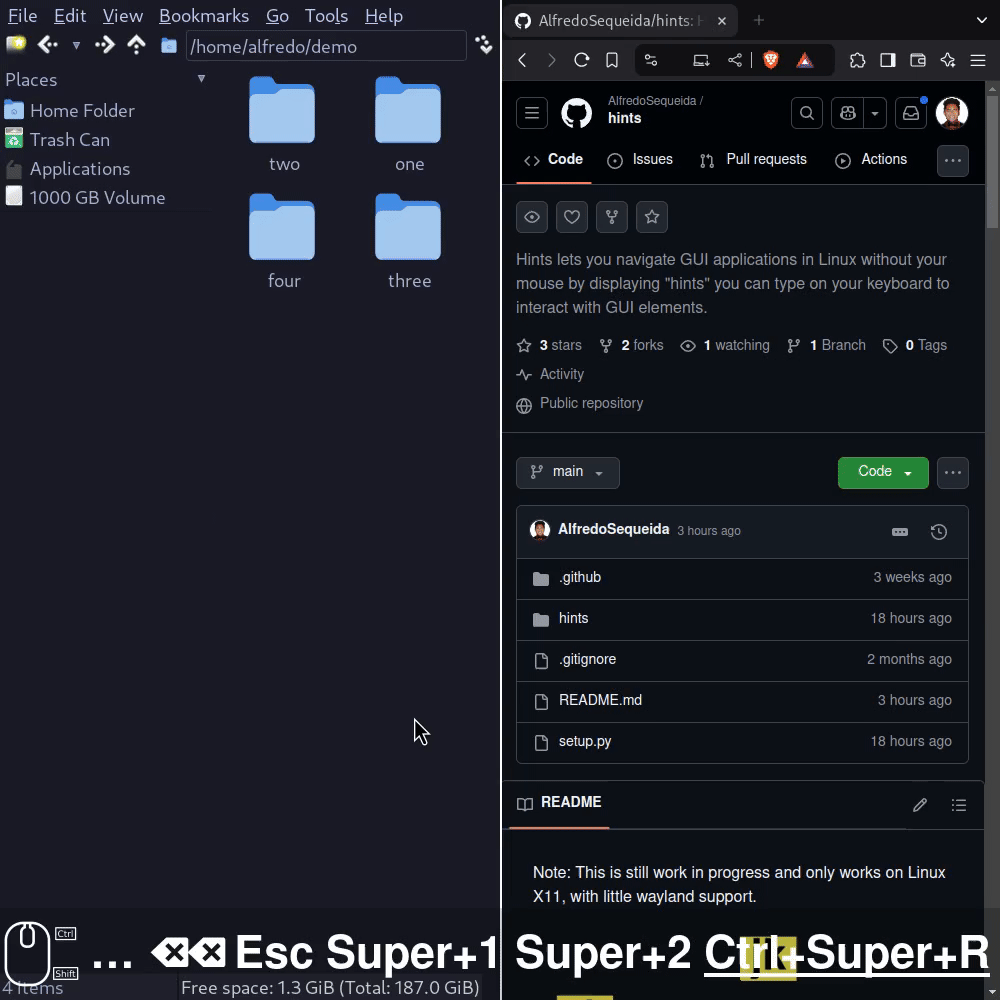Regarding what you said about Red Hat, I'm sure that -at least historically- RPM-based distros were simply a pita to work with when compared to the alternatives. I'm a relative new Linux user (only about 3 years so far), so I've only seen its better days :P .
I think you can't, because it requires each voter to rank their preferences, which requires a specific form of voting mechanism. I didn't participate in the poll, but if it was run as ranked choice, and if we had access to the raw, per-voter results, and if the sample size was sufficiently large; then yeah - we could run a full Condorcet count and get some interesting answers!
I'm not particularly well-versed on some of these terms. However, isn't it possible to retroactively make the gradings work as ranked choice? So, say a user gave:
- Arch a 4,
- EndeavourOS a 5
- and Manjaro a 3
Wouldn't this imply that they rank EndeavourOS higher than Arch, and both of them higher than Manjaro? Sure, we won't always have strict orderings. But I'm pretty sure this doesn't necessarily constitute a problem.
Regarding 'distro-buckets', I think that defining a distro different from another whenever (an attempt at) applying the inverse of the changes doesn't produce a functional system is cool. I hadn't considered that before. But, as you've noted yourself, this is a gargantuan effort and (probably) not worth it. Like, e.g. let's look at Deepin, it's mostly Ubuntu with the Deepin desktop environment. However, their respective auras are very different. I think we'd lose a lot of nuance by placing them in the same bucket. Just my 2 cents*.


Fam, please, as other kind people have already reminded you, make your texts look crisp. You're talking about UI/UX and how Linux is seemingly bad at it and how you would like to put in effort so that it may improve. Then, please, at the very least, start with putting money where your mouth is and show that your communication-skills and writing are on point. You can't work with others if communication fails.
I'll try to digest your ramblings and provide answers wherever I can. So without further a due.
It's all a matter of taste, anyways. Linux offers you great standards from the get-go. And you can mold it to your heart's content, see here for some inspiration. If you, for whatever reason, didn't like what you saw on Linux Mint, then it's on you to make it look better for you. If you want something that looks better by default, I'd argue that the likes GNOME, KDE Plasma, Budgie and Pantheon offer a step-up.
I've ignored the above as it didn't feel like you were making a point or asking a question. Please feel free to enlighten me if I'm wrong.
If you liked any of the ones in the link shared above, then yes.
Why should they? They are just creations that others made for themselves. There's no universal design language that's universally liked/praised or whatnot. If you like what's there by default, then use it. If not, then don't; instead make something of your own. Linux clearly owns the scene when it comes to customized setups anyways. So just do what others like you have done: do your own ricing.
How can they share their personal configs if you don't download them? You could technically copy and paste all raws, but the end-result is the same; you just made it more cumbersome for yourself. Btw, I believe KDE Plasma might have a platform for sharing themes and whatnot. But please don't quote me on this. Though, still, you'd have to download 'stuff'.
Good question. If you can read code, then it's quite easy. If you can't, then ensure it's from a reputable source. Like, if it's from GitHub, look at:
etc.
I think that most people would agree that having a greater piece of the pie definitely helps to be taken more seriously by all parties. So, no: Linux users would like Linux to be more mainstream.
Fam, I've been on Linux for almost three years now and I'm very happy with it. Once, I had to do some work on the Windows laptop of my brother. The damn thing just wouldn't open; updating and rebooting over and over. Accepting that is nothing but Stockholm's syndrome.
Security through obscurity is definitely a thing. And while server Linux is battle-tested and pretty safe -if you know what you're doing-, I wouldn't say the same necessarily when it comes to desktop Linux. It's a nuanced topic, though.
It's as secure as you'd want it to be. See here the security section of the excellent ArchWiki. Contrary to what you might expect, most of those instructions translate pretty well to other distros. So, if you want, you can make a fortress out of your distro that would put most Windows installations to shame. But, again, it's on you.
When comparing your average distro on default settings to Windows S mode, I think I have to give it to Windows S mode; but you can't even install software outside of the Microsoft Store, that's part of the reason why it's safe. But even then, the Microsoft Store isn't a beacon of secure software to begin with... Comparing Windows S mode to Qubes OS, however, is a clear victory for Qubes OS. Though, I'd have to admit that Qubes OS is technically not a Linux distro*. Linux is only used within dom0 and the qubes; which is 99% of what how one engages with Qubes OS, though. So I understand where the confusion may stem from.
But you see, we can't even meaningfully engage in this conversation as I don't know what you mean exactly with Windows.
This can differ between distros. On RPM-based systems, we find SELinux, a piece of software that has been developed by the NSA and is to this day actively used in Android for what it brings in terms of security. Though, the distinction should be made that Android makes better use of SELinux than these RPM-based distros do. But, to give some personal insight on this; I've had scripts blocked that I ran on Fedora (an RPM-based distro), but most of them went through. It ultimately depends on what the script tries to do. However, scripts running by themselves is pretty wild. Though, it could happen on insecure systems.
On Linux Mint, we find AppArmor, which behaves similar to SELinux. While the latter is infamous for its complexity, it's generally considered to be more powerful. So much so, even, that disabling SELinux was a thing peeps used to do for 'comfort'. To give a present issue I'm dealing with myself :P ; I'm pretty sure I'm experiencing difficulty with getting Waydroid to work due to issues relating to SELinux. It's what it is 😅. But, the piece of mind is pretty neat. Btw, Waydroid should work on most RPM-based systems, mine is just a little special :P .
But some distros don't ship either one of the two, nor any replacement or whatsoever. So, obviously, that should raise some red flags regarding security. The distros that do this either expect the user to do it themselves, or they just don't care for whatever reason. Losing this kind of protection isn't necessarily fatal, but I would personally not feel comfortable.
In case you're really bothered about security, then consider using Kicksecure or secureblue. These are the most secure general purpose Linux distros that are meant to be used as daily drivers. The aforementioned Qubes OS is still way more secure than these, but Qubes OS is technically based on Xen and not Linux. Though, note that all three of these are known as harder distros. They assume (some) knowledge and lots of reading (comprehension). Use something else first. Become comfortable with Linux. And then consider the move to these more advanced distros.